NGSS Earth Science Curriculum: White Sands NP Storyline
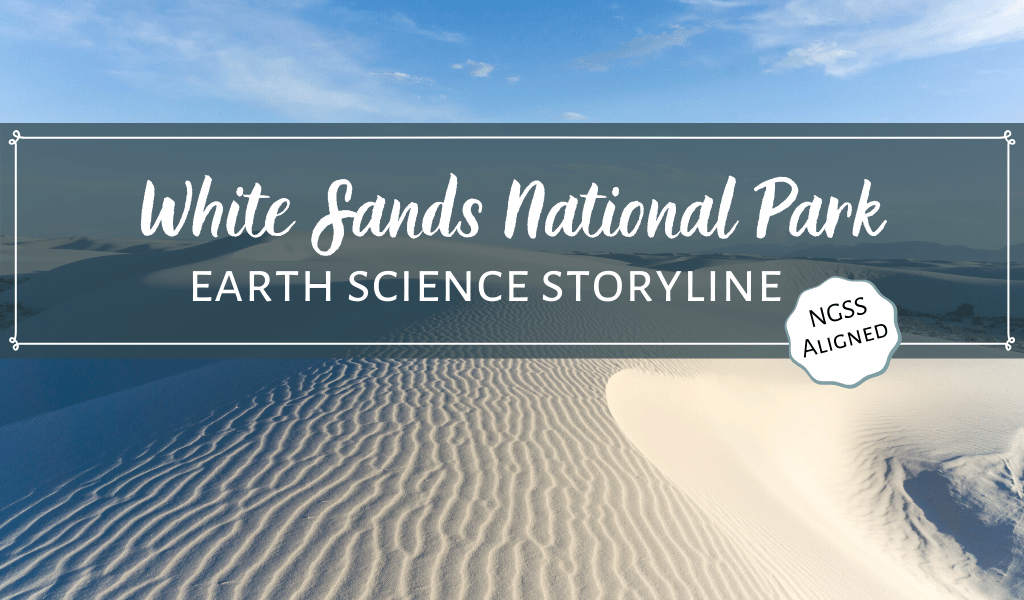
The White Sands National Park Storyline is one part of an NGSS aligned high school earth science series featuring national parks. Why the national parks? Because they’re incredible sources of natural beauty and geological wonder that our students should experience. We can’t bring our students to the parks, so we’ll bring the parks to the classroom.
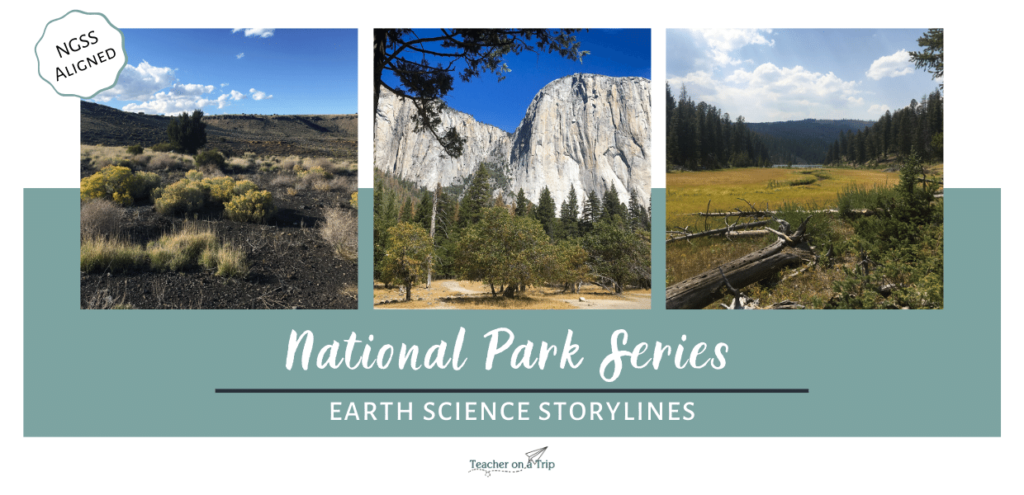
What is NGSS?
Next Generation Science Standards (NGSS) were completed in 2013 and each year more states have transitioned to NGSS. The vision of NGSS is weaving rigorous content, science and engineering practices, and cross-cutting concepts together to emulate how science is practiced in the real world.
I struggled to understand what an NGSS classroom would look like. Like most teachers, I learned in a traditional setting and couldn’t completely wrap my brain around the vision of these three dimensional standards.
After implementing the Illinois Biology Storylines in 2019-2020, I finally began understanding how to integrate critical thinking and inquiry-based problem-solving activities with a purpose.
White Sands National Park

White Sands National Park is located in southeastern New Mexico. The location was originally established as a national monument in 1933 by President Herbert Hoover. White Sands was redesignated as the 62nd national park in December 2019.
White Sands National Park is most well-known for its unique gypsum sand dunes. Gypsum in the mountains dissolves when it rains, which is not often, and runs into Lake Lucero. Gypsum crystals form in the lake as the water evaporates. Since there is so little precipitation, gypsum crystals stay around long enough to be weathered by the wind into sand grains. Those sand grains blow from the lake to the dunes where the largest gypsum sand dunes have formed for over 10,000 years.
Storyline Timeline
White Sands National Park works great as a transition from traditional teaching methods to NGSS earth science storylines. The entire storyline can be completed in approximately four weeks (based on daily, 50-minute class periods).
NGSS Performance Expectations
- HS-ESS3-2. Evaluate competing design solutions for developing, managing, and utilizing energy and mineral resources based on cost-benefit ratios.
- HS-ESS3-4. Evaluate or refine a technological solution that reduces impacts of human activities on natural systems.
- HS-ETS1-3. Evaluate a solution to a complex real-world problem based on prioritized criteria and trade-offs that account for a range of constraints, including cost, safety, reliability, and aesthetics, as well as possible social, cultural, and environmental impacts.
Phenomenon
A pivotal aspect of NGSS aligned earth science storylines is introducing students to phenomena that gets them asking questions. Intriguing earth science phenomena are not hard to come by in the national parks. White Sands National Park is the phenomenon!
Students are introduced to this unique park via this Good Morning America coverage of the gypsum dunes.
Driving Questions
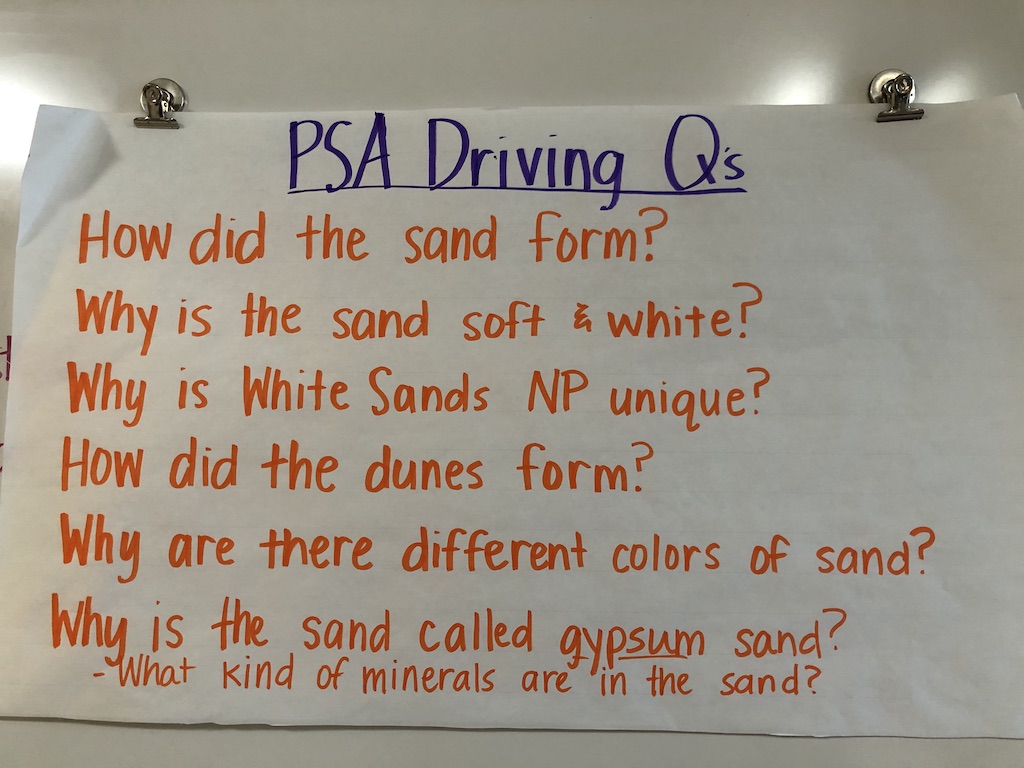
A good anchoring phenomenon will inspire students to develop quality driving questions. The national park storylines include an activity that incorporates Think, Pair, Share strategies for students to select pertinent driving questions. These driving questions will guide the entire unit.
Examples of student-created driving questions:
- How did the sand form?
- Why are there different colors of sand?
- Why is the sand soft and white?
- Why do dunes and ripples form/move?
- How do people use the gypsum?
Activities
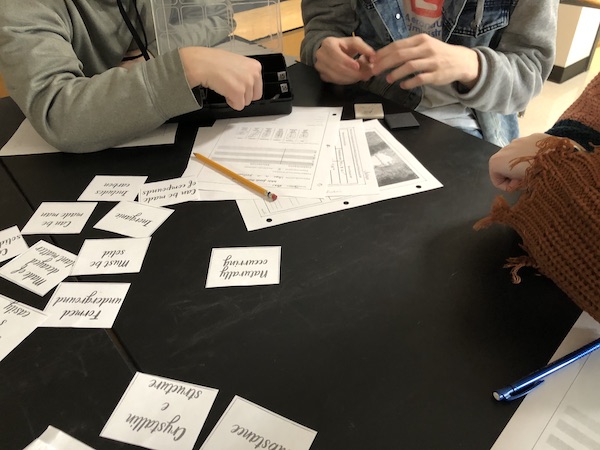

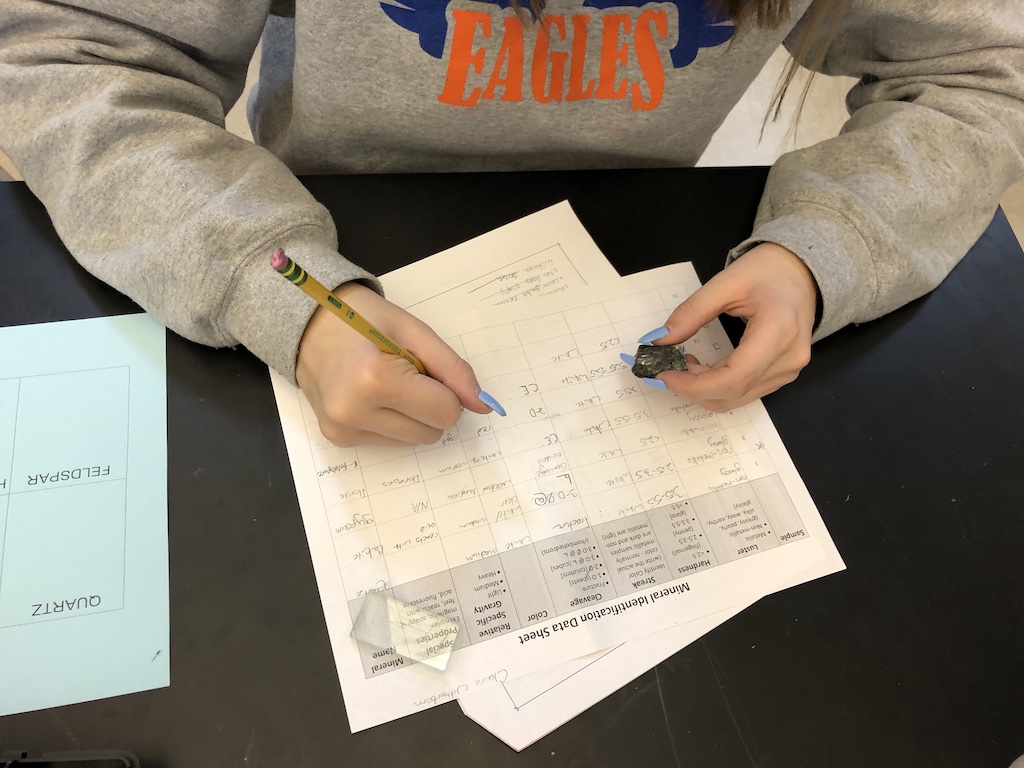
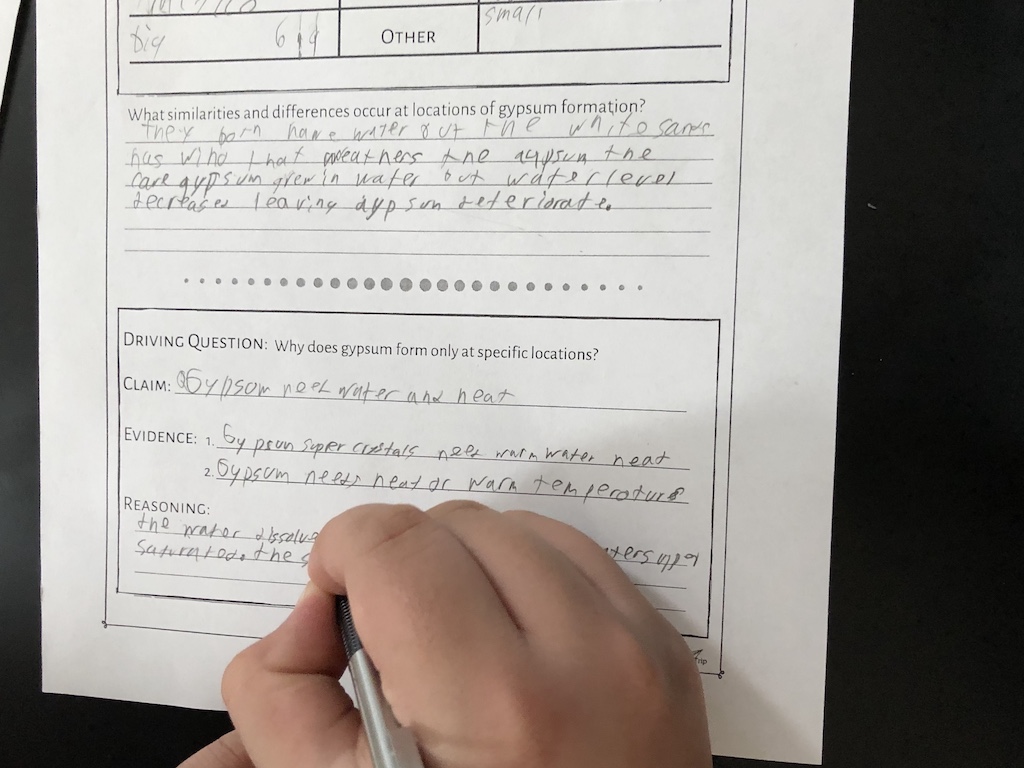
NGSS aligned storylines guide students to explore science and make their own connections rather than be told what they need to learn. The activities in the White Sands NP storylines help students develop critical thinking skills.
Examples of Activities:
- Analyze abiotic data at White Sands and Gypsum Caves in Mexico to determine how gypsum forms
- Determine mineral characteristics with sorting cards activity
- Compare and identify samples of rocks versus minerals
- Identify minerals by unique properties
- Explore daily mineral uses and waste disposal options
- Evaluate a mock mine proposal and alternative access to resources
Assessment
White Sands NP storyline includes formative and summative assessments. The summative assessment requires students to apply the skills they learned throughout this storyline to a explore a new, related phenomenon.
For the summative assessment, students will receive data about Death Valley National Park, specifically Badwater Basin. They must analyze the data to determine how the mineral formed and identify the mineral in the basin. They must also explain why sand dunes do not form in Badwater Basin in the same way they do at White Sands National Park.
What is Included?
- Teacher guide with daily notes
- Student notes
- Lab activities
- Storyline review
- Formative assessments
- Summative assessment
- Answer keys
- Free email support
White Sands NP in Your Classroom


This is a beautiful post! It’s so needed right now, as we all want to get out and see things beyond our homes. Thanks for posting these, I’m looking forward to poking around and seeing more!
Thanks, Rachel!
When we started remote school, I created a few virtual tours of national parks for my students. Similar in idea to yours but you’ve taken it so much farther! I love that you include lab activities and driving questions – makes it much more standards based.
Thanks, Jean! I’m always impressed with the driving questions that students ask.
I love this information. Even though I teach young students I am always looking for real world places and experiences to introduce them to. We do an entire unit on National parks and I will absolutely be adding this park to my natural classroom curriculum.
I’m so glad to hear that you introduce your students to different national parks too!
This is an incredible post and great laid out lesson plan for your students using NGSS. Thank you so much for providing high quality work.
Thanks, Jeanie!
Wow! I love this post! I visit many National Parks and other natural places of beauty and this gives me even more ideas about how to incorporate what I see and learn into the classroom!
Thanks, Sarah! I can’t wait to see how you incorporate your travels.
This resource looks well thought out and I love that it’s part of a series on National Parks! My husband and I were supposed to go to Hawaii Volcanoes National Park 2 years ago but it was closed because of the volcanic activity going on around then. We did get to see a fissure from a helicopter though and it was amazing!
I would looove to see the volcano erupting. So cool that you got to experience it!